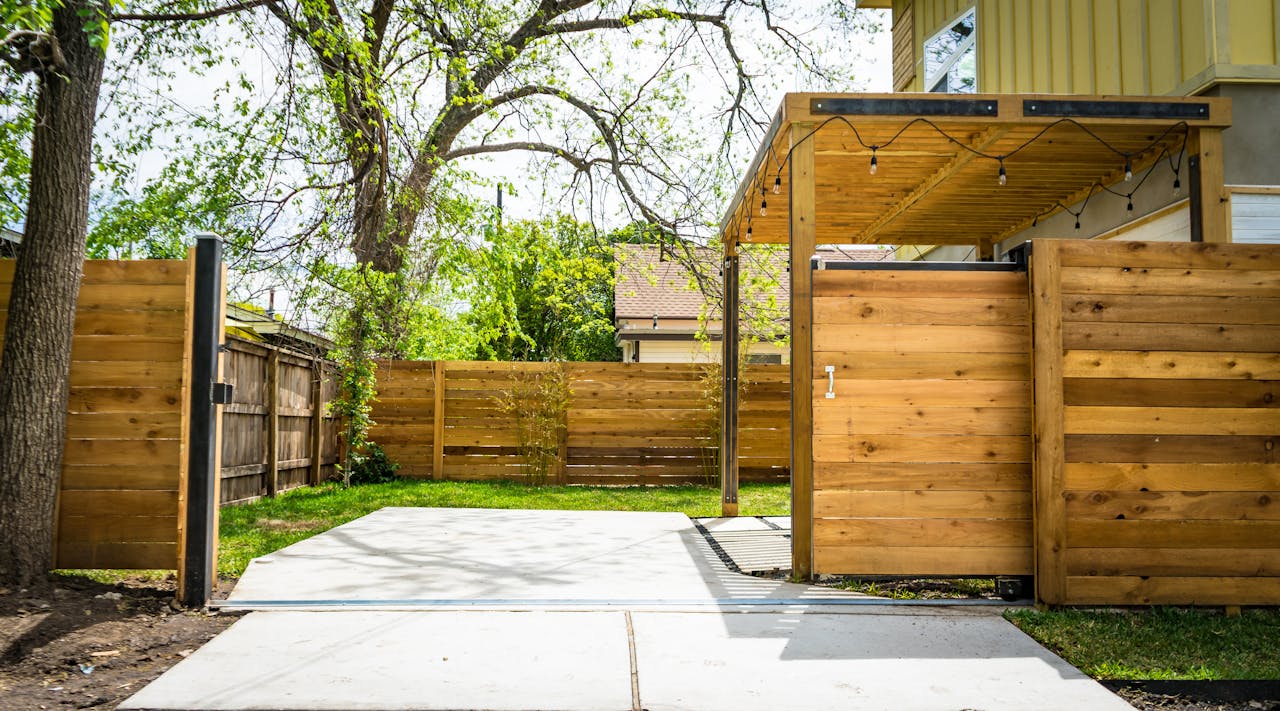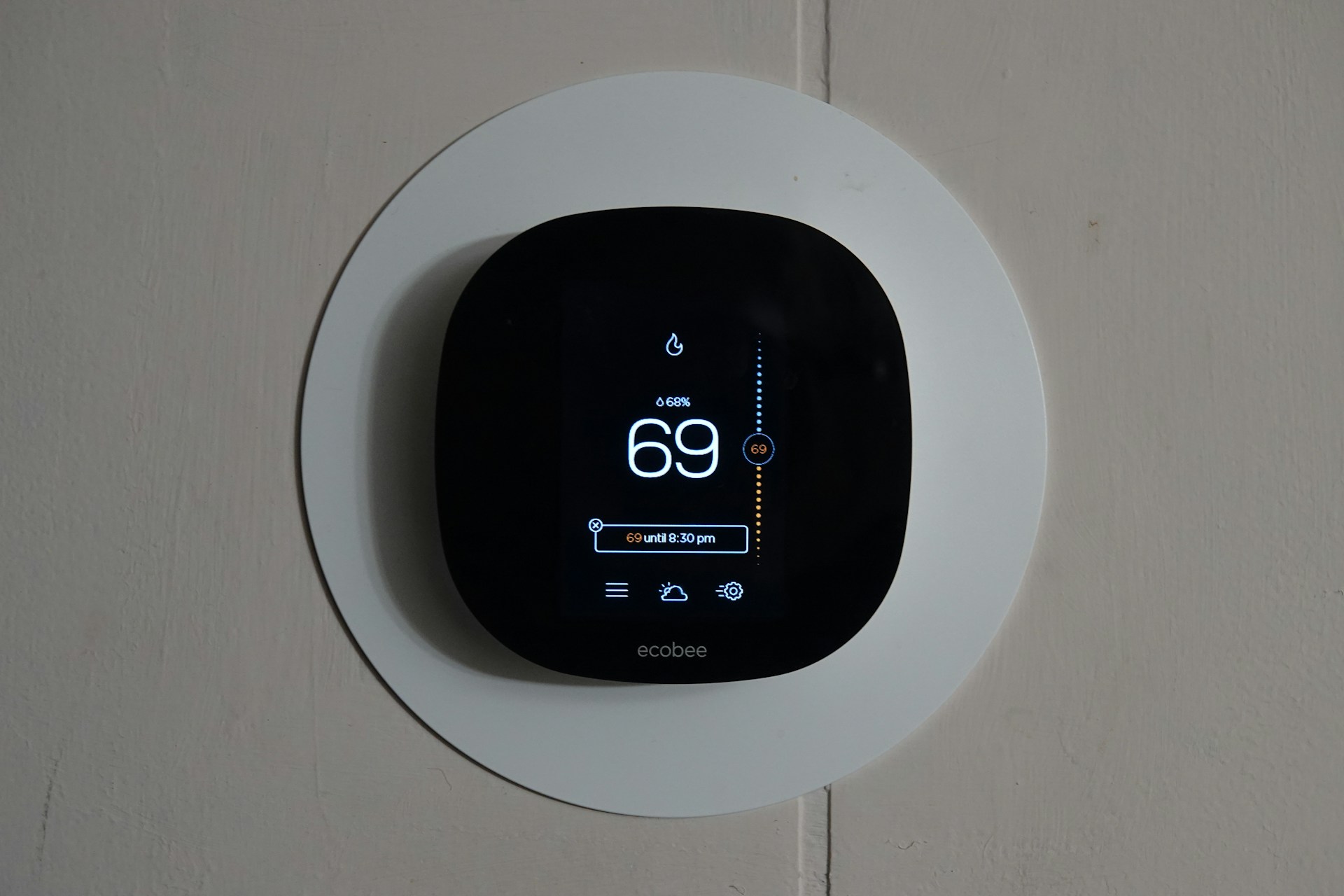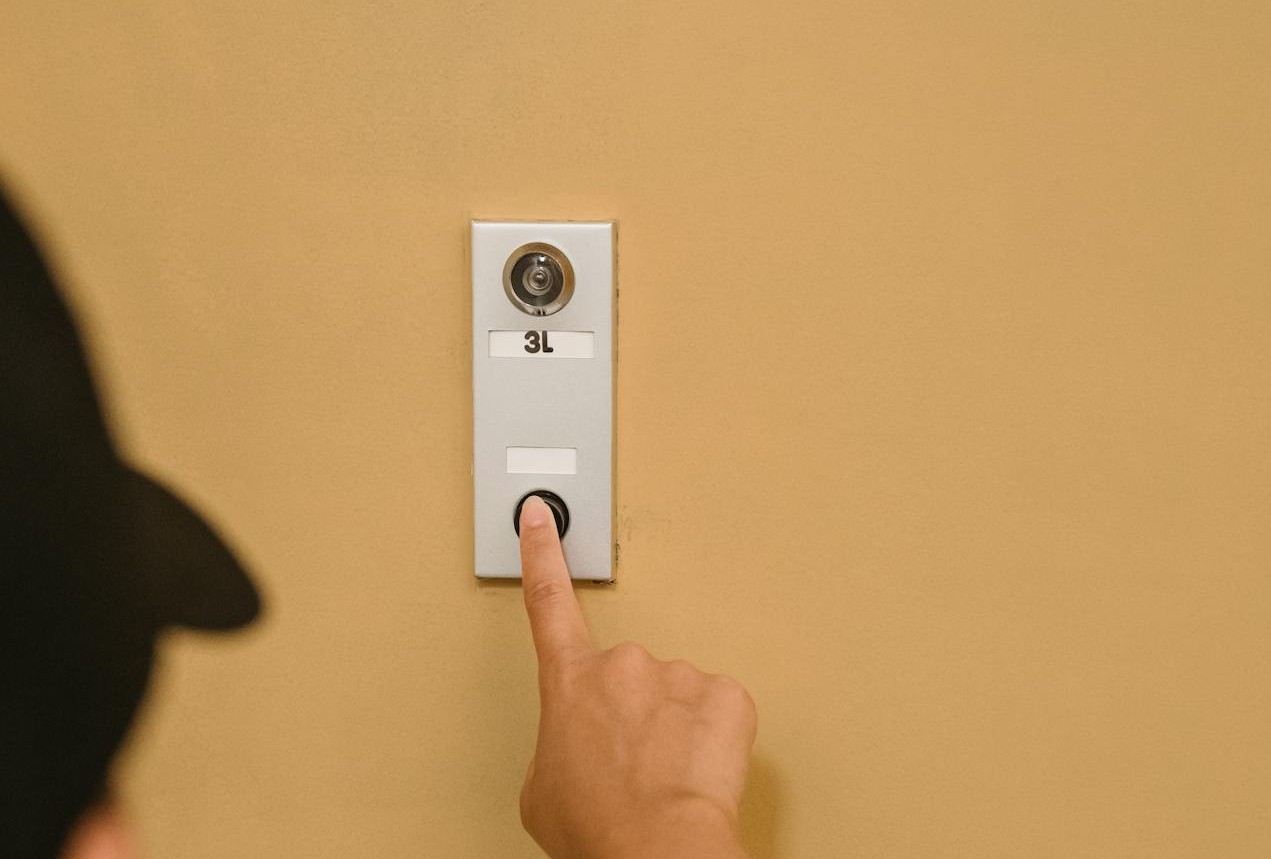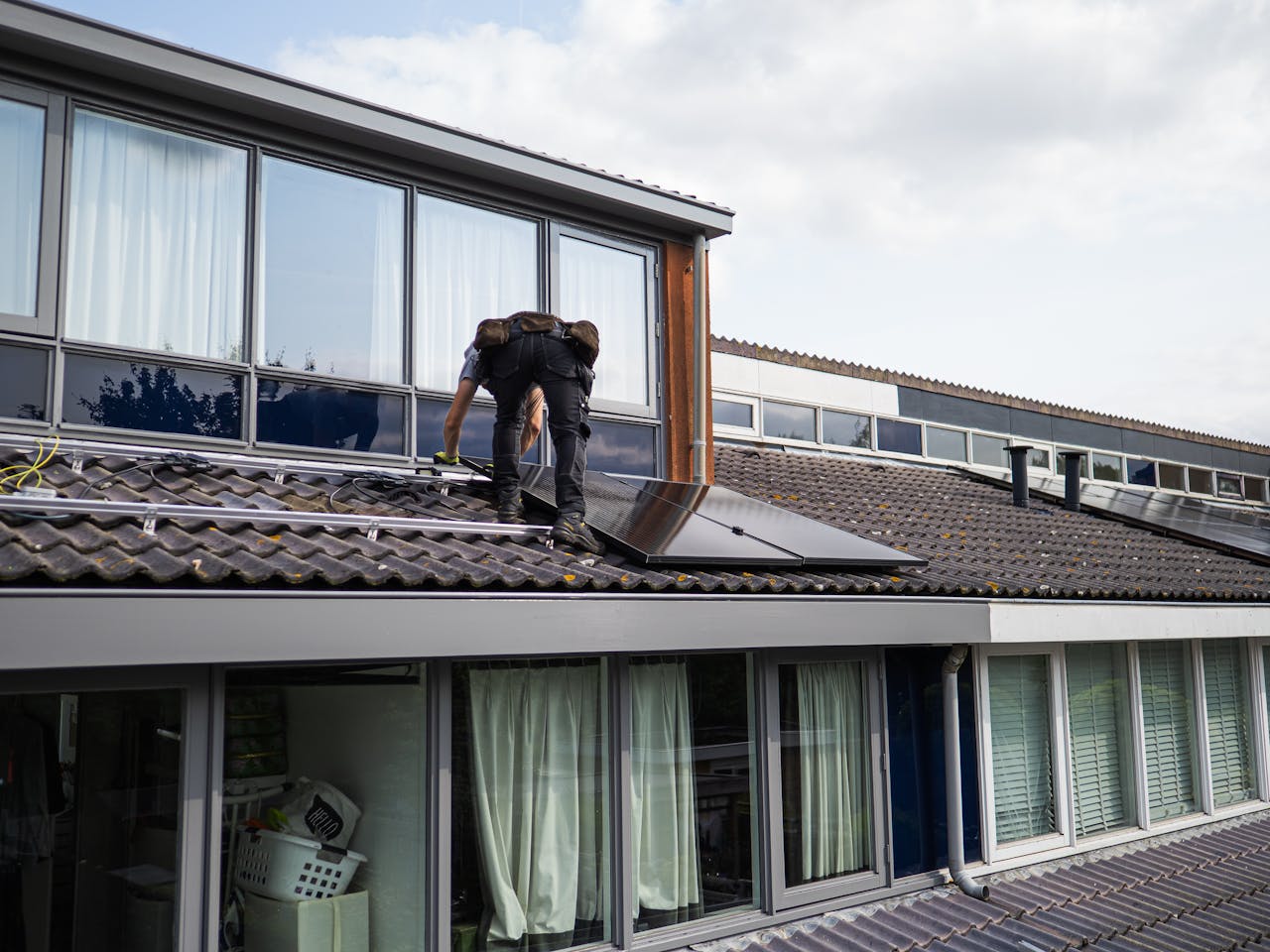Even with permits and fine print, small freedoms still live inside most addresses. Modest projects that do not touch structure, plumbing, or new electrical usually slide under the radar, and they make everyday life nicer without drama. What this really means is careful choices and tidy follow through. Keep upgrades reversible, respect quiet hours, and stay friendly with neighbors. The result is a home that feels more considered, more functional, and more personal, without drowning in forms.
Painting And Cosmetic Touch Ups Indoors

Fresh paint, cabinet hardware swaps, and listed light fixtures reusing existing boxes usually qualify as maintenance. No walls move, no circuits expand, and the work remains reversible. Removable wallpaper, peel and stick backsplash, and floating shelves anchored to studs add personality without structural risk. Caulk gaps, patch holes, and keep sheen consistent so the room reads deliberate. When the project avoids new wiring, new plumbing, or load changes, it often stays comfortably permit free.
Small Sheds Without Utilities

Compact sheds used for storage, commonly under set size thresholds, often require no permit when built on skids with no utilities. Keep them clear of setbacks and property lines, and anchor against wind. Prefab panels make assembly predictable, while vents limit summer heat. Treat the shed as a garden closet, not a powered shop, and it usually stays simple. The line often shifts the moment outlets, trenching, or permanent foundations enter the plan.
Low Fences And Simple Privacy Screens

Lower fences and screens that meet local height limits tend to be straightforward, especially behind the front setback. A run of wood pickets, a lattice with vines, or a neat hedge can shield patios without blocking sightlines. Corner lots, pools, and easements tighten rules, so a quick look at maps helps. Set posts inside the line and choose finishes that do not glare. When materials are modest and placement is careful, approvals rarely linger.
Vegetable Beds And Edible Front Yards

Raised beds, herbs along the walk, and berry shrubs now read as ordinary landscaping in many neighborhoods. Tidy borders, contained soil, and drip lines keep water where it belongs. Mulch suppresses weeds and softens edges so the street view stays clean. Tall trellises near corners can trigger visibility concerns, but low profiles pass easily. As long as the garden is maintained, free of runoff, and clear of pests, communities often welcome the harvest.
String Lights And Seasonal Decor

Patio strings and porch lanterns, when listed for outdoor use and set on timers, fit neatly under nuisance rules rather than permits. Light levels matter. Aim glow toward seating, not bedrooms across the fence, and keep quiet hours in mind. Use outdoor cords, avoid roof membranes, and take temporary items down after the season. A small, warm pool of light reads neighborly and safe. Once the installation becomes permanent wiring, a different rulebook applies.
One Or Two Garage Sales A Year

Occasional sales on private driveways are widely allowed when limited to a few days and kept orderly. Simple signs placed off poles, clear walkways, and prompt cleanup prevent complaints. Cities often cap frequency to avoid constant retail traffic. Bundle small items, price clearly, and keep music low so the block feels respected. When the event looks like household purging rather than a business, it lives comfortably within normal neighborhood rhythms.
Rain Barrels For Downspout Capture

Barrels that collect roof runoff for garden use are encouraged in many places, sometimes with rebates. Screens on inlets keep mosquitoes out, while overflow lines return water to existing drainage paths. A flat base prevents tipping, and opaque walls limit algae. Connecting to irrigation pumps or large cisterns can change classifications, but a couple of barrels tucked under eaves usually stay simple. The win is lower bills, greener beds, and less storm splash at foundations.
Little Free Libraries And Swap Boxes

Small book boxes on private property near sidewalks often fit under accessory limits when placed outside sight triangles. A cedar post, a sealed door, and a neat roof handle weather. Label gently, maintain weekly, and keep paths clear so strollers and wheelchairs pass easily. Cities tend to step in only when visibility or clutter becomes an issue. When neighbors see turnover and care, these boxes evolve from novelty to quiet civic habit.
Smart Thermostats And Switches

Replacing a low voltage thermostat or a standard wall switch with a listed smart device generally counts as maintenance when the location and wiring remain the same. Power down at the breaker, label conductors, and follow the instructions. No new circuits and no panel work means minimal oversight in many codes. The moment the plan moves boxes, combines loads, or adds high voltage gear, that is licensed electrician territory. Keep it simple, and comfort gains show up fast.
Exterior Cameras Aimed At One’s Own Lot

Doorbell cameras and fixed units that watch porches, driveways, and paths are commonly acceptable if lenses avoid neighbors interiors or fenced yards. Visible placement deters theft and supports basic safety. Audio and storage deserve care, so notifications should be polite and footage secured. With respectful angles and modest settings, the units fade into the background. The goal is presence, not surveillance culture, and that balance tends to keep everyone comfortable.


